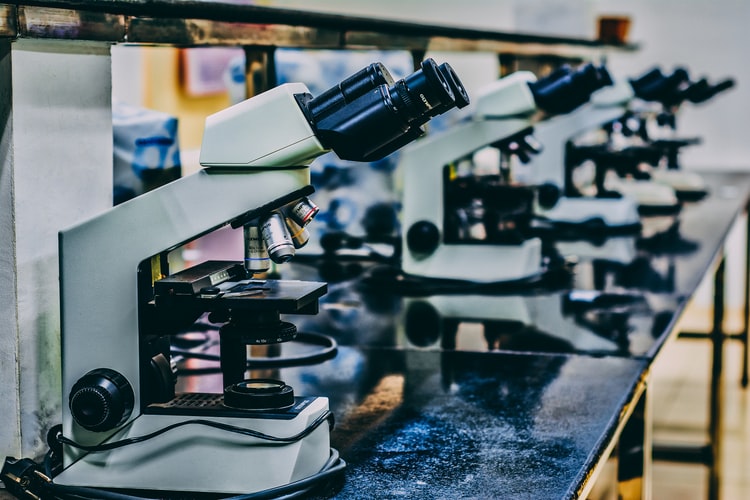Understanding the Flipr Assay

The FlipR laboratory strain kit contains two key assays: the Dual-Addition assay and the Gas Chromatography/Mass Spectrometer Assay. The dual-addition assay is the solid phase gel variety of the assay developed by Dr. J. E. Turner and colleagues at the Southern Research Institute for Clinical and Translational Medicine in Los Angeles, California. This assay has yielded a great deal of clinically relevant information about many hundreds of different compounds. Most of the information has been derived from the Protein sequence alignment method. The structure of the receptor molecules was also determined using tandem mass spectrometry. Flipr assay usage can have a signifcant impact on trials and their effectiveness.

How Is The Flipr Assay Applied And Managed?
The primary objective of the dual-addition assay is to determine if the target ligand for human insulin, human growth hormone, and human thyroid hormone are located and functional in the receptor. In doing so, it provides valuable biochemical information on receptor subtypes, and the function of individual receptors. The secondary objective of the study is to establish the value of specific ligands for the development of drugs targeted specifically at the receptors. The specific inhibitors used in this study were designed to selectively block the action of the selected inhibitors on the receptors.
The dual-addition flipr assay format includes a primary negative for each of the four types of receptor identified above (human growth hormone, insulin, and thyroid hormone). The four types of receptor are designated A, B, C, and D. The primary and secondary conditions required for the performance of the assay. The primary condition is set at either a concentration of 100 ng/ml or greater or at a specific yeast concentration. The four test compounds are tested individually in this condition. The results of each test compound are listed in the Results section of the slide in the flip chart above. A positive control for the indicated compound is also listed.

Final Stages Of The Process
The second phase in the dual-addition assay format uses the Mgox machine. This method generates four different concentrations of the indicated yeast species using the mixtures produced in the first phase. The appropriate dilution for each of the four concentrations is determined by analyzing the data obtained in the primary condition. The final concentration of the target yeast is then determined using the two manners described in the Mgox procedure.
The third phase of the assay development utilizes libraries of fluorescently labelled receptors. The libraries are developed with the help of an ink-jet printer and controlled with a computer. The labelled libraries are then grown on wells that have been treated with growth factors. The growth factors allow the researchers to visualize the activity of the target cells. The growth factors are known to be particularly effective in activating the target cells, as they are capable of inducing the proliferation of the epithelial cells and supporting their proliferation.

Changes And Updates In The Future
A unique feature of the Flipr chemistry-based assay system is its usage of molecular imaging to monitor the concentration and kinetics of key signaling molecules such as the glycans. Kinetic data is essential in the evaluation of the efficacy of drugs in various chronic diseases. The use of the mixtures and labeled receptor libraries also help in the study of receptor interactions between molecules. The mixtures and labeled receptor libraries are prepared as described in the literature and are then evaluated using the Fold-iral Magnetic-duction Assay (FMR). This method is non-protein-identical assays and therefore, does not alter the genetic structure of the cells in any way. The unique attribute of this assay is the use of magnetic fields to induce the development of suitable receptor cells.

Emily Fraser is an experienced technology journalist who specializes in breaking tech news, product launches, and digital solutions. She aims to deliver engaging, well-researched content that simplifies complex topics and keeps readers informed about the ever-evolving tech landscape.

